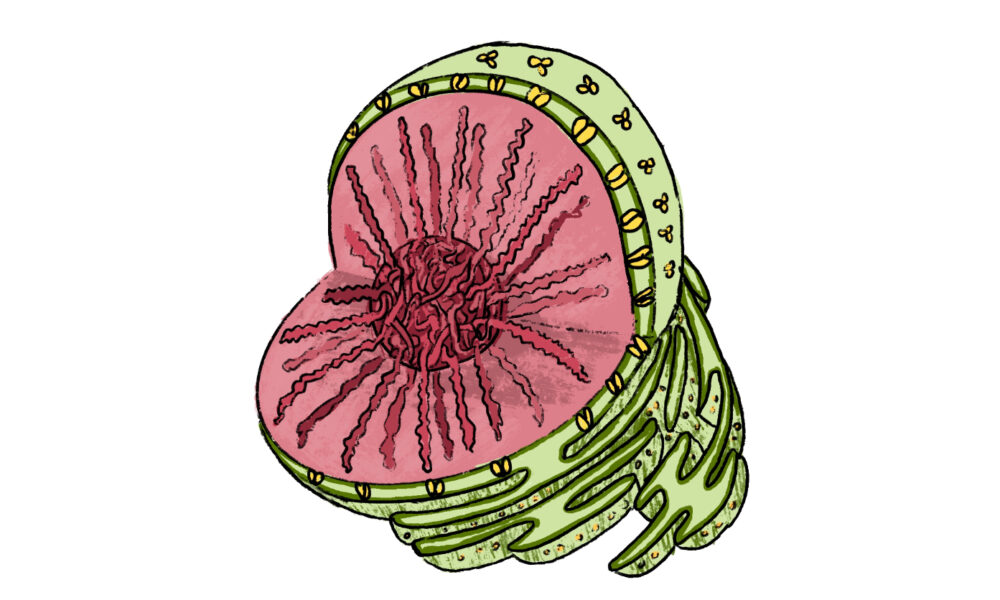The human genome is more than just a blueprint of DNA and RNA—it is a complex network of molecules working together to regulate the processes that keep us alive. These hidden architects are critical for cell function and gene expression. Recent research has begun to shed light on how they might also be associated with mental health disorders.
Dr. Gustavo Turecki, Chair of McGill’s Department of Psychiatry and Director of the McGill Group for Suicide Studies, recently published a review article in Biological Psychiatry: Global Open Science exploring the role of small nucleolar RNAs (snoRNAs) in psychiatric disorders.
While the human genome primarily encodes proteins, it also produces a variety of non-coding RNAs—molecules that do not directly code for proteins but instead regulate gene expression. These non-coding RNAs can be classified by size into small and long categories. Among the small non-coding RNAs are microRNAs, short sequences with regulatory functions, and snoRNAs.
SnoRNAs are typically known for their role in modifying ribosomal RNAs, influencing their stability and function. However, emerging research suggests they may have broader functions, particularly in the brain.
“We decided to compile growing information on the role of these small nucleolar RNAs in relation to brain-related phenomena, particularly in the area of mental health,” Turecki explained in an interview with The Tribune.
This review was motivated by one of his previous studies on a specific snoRNA, SNORD90. This snoRNA differs from its typical function in that it regulates glutamatergic signalling in the brain, which is associated with how well patients respond to antidepressant treatment.
The link between these snoRNA molecules and neurological disorders is increasingly clear. Research has shown that a total of 80 different snoRNAs are associated with autism spectrum disorder, while another 25 are linked to schizophrenia. These findings suggest that snoRNAs could be key players in mental health, influencing brain functions in ways we are only beginning to understand.
However, studying snoRNAs in the context of mental health presents significant practical challenges.
“If I want to study what changes in the brain as a function of treatment or as a result of improvement, I cannot take a sample of a patient’s brain,” Turecki said.
Researchers must rely on indirect methods to examine molecular changes in the brain. One approach involves examining molecular markers—biological signatures that provide indirect insights into brain function. Another method is postmortem brain tissue analysis, though this comes with inherent limitations as the brain may change after death.
“There are a number of challenges in accessing the tissue after death,” Turecki explained. “Several things can happen between the moment you wish to study the brain and the moment that person dies.”
In recent years, scientists have also turned to extracellular vesicles (EVs)—tiny particles released by brain cells that carry molecular cargo. These vesicles circulate in peripheral bodily fluids, offering a potential glimpse into brain activity.
“On the other hand, we are just beginning to understand to what extent what we detect in an EV is representative of what is happening in the brain,” Turecki said.
While research in this field is still in its early stages, the potential applications of snoRNAs are promising.
“One of the things I like a lot about working with small non-coding RNA is that they […] can act as therapeutic agents,” Turecki said.
Because these molecules are relatively easy to detect, manipulate, and target, they present a promising avenue in the field of RNA therapeutics. SnoRNA research is not only helpful for understanding the mechanisms of illness but could also open new doors for developing innovative treatments.
As the field progresses, snoRNAs may emerge as important biomarkers for diagnosing psychiatric disorders and as potential targets for treatment interventions.






